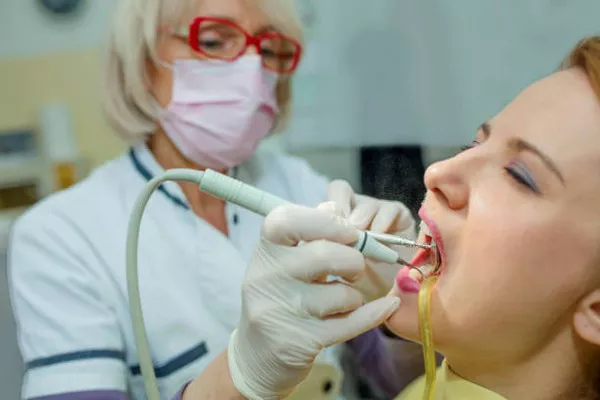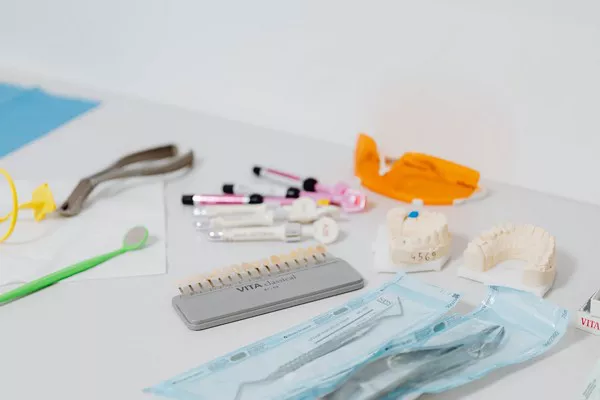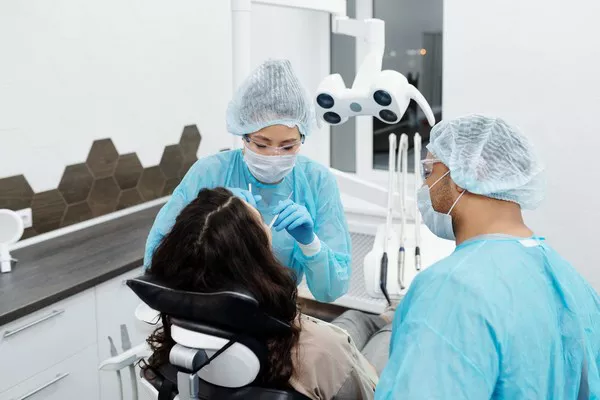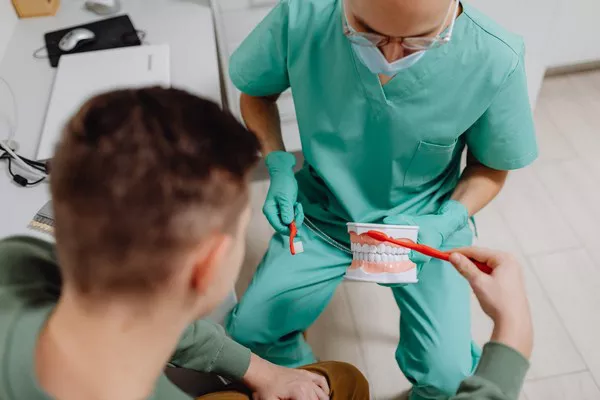Receiving a cavity filling is a common dental procedure aimed at restoring a tooth damaged by decay. While the procedure itself is relatively straightforward, understanding the recovery process is essential for ensuring optimal healing and long-term oral health. In this article, we’ll explore how long does it take to recover from cavity filling, immediate aftercare, eating and drinking guidelines, sensitivity and discomfort, long-term care, follow-up appointments, and warning signs that may require immediate dental attention.
Recovery Timeline
Recovery time following a cavity filling can vary depending on factors such as the type of filling material used and the individual’s overall health. However, most people can expect the effects of the local anaesthetic to wear off within 2 to 4 hours after the procedure. In some cases, certain types of anaesthetic may last up to 7 hours, so it’s essential to follow post-procedure instructions provided by your dentist.
Immediate Aftercare
Immediately after receiving a cavity filling, it’s crucial to take precautions to promote healing and prevent complications:
- Be cautious with hot foods and drinks, as the numbness from the anaesthetic can make it difficult to detect temperature extremes.
- Avoid biting the cheeks, lips, or tongue while numb, as this can lead to injury or discomfort once the anaesthetic wears off.
Eating and Drinking
The timing for eating and drinking after a cavity filling can vary depending on the type of filling material used:
Composite or glass ionomer fillings typically set quickly and allow for immediate eating and drinking. However, it’s essential to be cautious with hard or sticky foods that could dislodge or damage the filling.
Amalgam fillings, on the other hand, may take longer to set, and it’s generally recommended to wait until the anaesthetic wears off before consuming solid foods.
Sensitivity and Discomfort
It’s normal to experience some sensitivity or discomfort after receiving a cavity filling, particularly if the cavity was deep or located in a tooth used for heavy chewing. This sensitivity typically subsides within a day or two but may last up to two weeks for some individuals. Over-the-counter pain relievers can help alleviate discomfort, but if sensitivity persists or worsens, it’s essential to consult your dentist for further evaluation.
Long-Term Care
Proper long-term care of the filled tooth is essential for maintaining its integrity and preventing future dental problems. Here are some tips for long-term care:
- Practice good oral hygiene by brushing your teeth twice a day with fluoride toothpaste and flossing daily to remove plaque and prevent decay.
- Avoid habits that can stress or damage the filled tooth, such as nail-biting, chewing on hard objects, or using your teeth to open packaging.
- Attend regular dental check-ups and cleanings to monitor the health of the filled tooth and address any issues promptly.
See Also: What Can You Do After Getting Wisdom Teeth Removed
Follow-Up Appointments
Follow-up appointments with your dentist are crucial for ensuring that the filling is set properly and there are no complications. Your dentist will examine the filled tooth, assess your healing progress, and make any necessary adjustments. It’s essential to attend these appointments as scheduled to maintain optimal oral health.
Warning Signs
While discomfort and sensitivity are common after receiving a cavity filling, certain warning signs may indicate a more serious issue that requires immediate dental attention:
- Persistent or worsening pain
- Swelling or inflammation around the filled tooth
- Signs of infection, such as pus or drainage
- Changes in the fit or feel of the filling
If you experience any of these warning signs, contact your dentist promptly to prevent further complications and ensure proper treatment.
Conclusion
Understanding the recovery process after a cavity filling is essential for promoting healing and maintaining oral health. By following post-procedure instructions, practicing good oral hygiene, attending follow-up appointments, and being vigilant for warning signs of complications, you can ensure a smooth recovery and enjoy the benefits of a healthy, restored smile.
You Might Be Interested In































